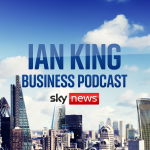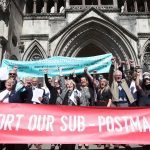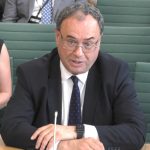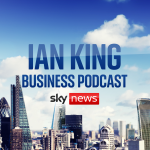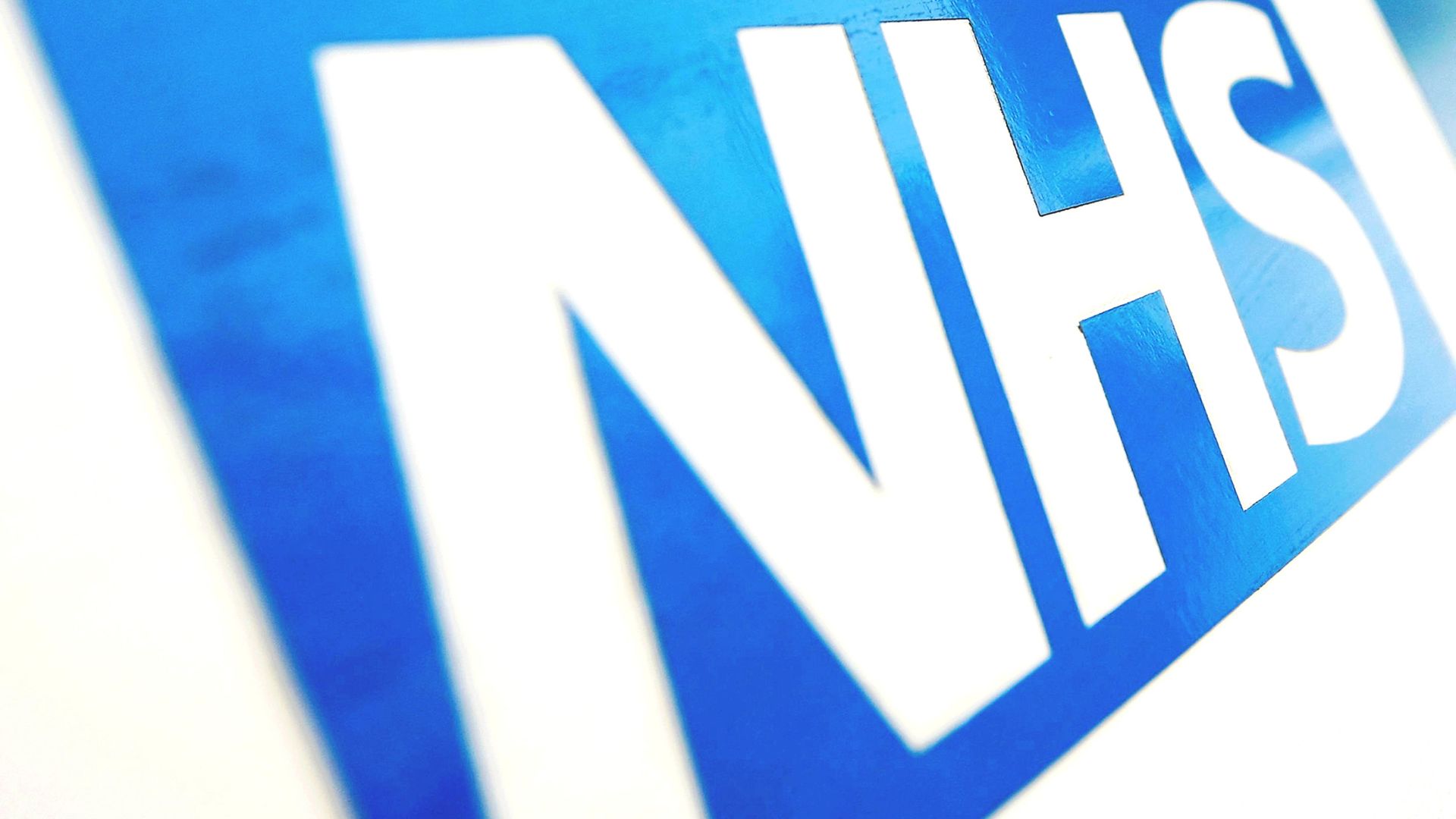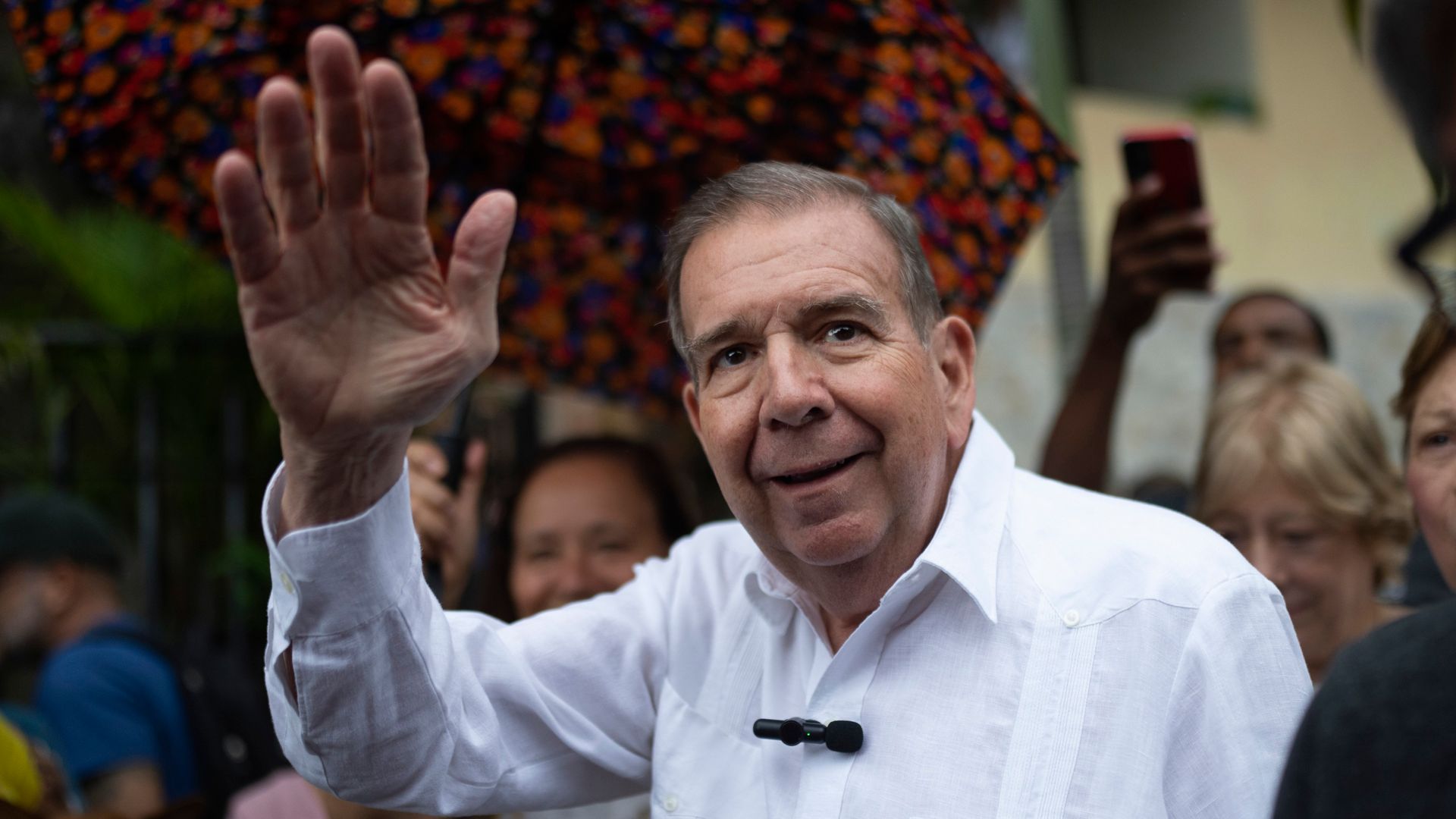At first blush, the public sector net borrowing figures for December are pretty depressing.
At £27.4bn, the overall figure is not only more than double the revised £10.4bn seen in December 2021, it was also appreciably higher than the £17.7bn that the City had been expecting.
It is the highest December borrowing since the data began being prepared in this way 29 years ago.
The December number was also £9.8bn more than the Office for Budget Responsibility (OBR) forecast only as recently as November last year – although that was due largely to changes in student loan valuations.
For the broader picture, though, you do not have to look too far to find out why borrowing remains so high.
Interest payments on the national debt during the month came in at £17.3bn, the second highest on record, reflecting the fact that interest payments on around a quarter of the national debt (28% to be precise) are linked to the rate of inflation.
When inflation goes up, so do interest payments.
The Office for National Statistics (ONS) noted that, of that £17.3bn, some £13.7bn reflected the impact of inflation on index-linked goods.
It underlines why the government’s primary economic focus remains bringing down inflation and why it is taking such a hard line on public sector pay awards.
The other big element of spending, costing nearly £7bn during the month, reflected the extraordinary sums being thrown by the government at supporting households and businesses with their energy bills.
Please use Chrome browser for a more accessible video player
All that meant government spending during the month exceeded what the government raked in.
The latter figure came in at £74.6bn during the month, up £3.9bn on December 2021, most of which – some £3.4bn – was in the form of extra taxes.
These, in some cases, have been growing quite nicely from the government’s point of view.
VAT receipts for the month were up 4.9% on December 2021, which could well reflect the fact that inflation is pushing higher the absolute sums being spent by consumers, while corporation tax receipts were up 11.5% and income tax receipts collected via PAYE were up 9.7%.
The latter is in part testament to some of the big pay increases being seen now, particularly in the private sector, some of which have even been exceeding the rate of inflation in some categories. These are likely to continue to rise as the year goes on thanks to the decision by Jeremy Hunt, the chancellor, not to raise income tax thresholds in line with inflation – ‘fiscal drag’ as it is known in the jargon.
Please use Chrome browser for a more accessible video player
Those frozen thresholds also apply to other taxes. For example, the government is raking in ever-larger sums from Inheritance Tax, the ‘nil band’ threshold for which has stayed the same since 2010-11 and which, like the main residence nil rate, has been frozen until 2026.
Figures published separately by HM Revenue & Customs brought in £5.3bn in inheritance tax from April to December last year – up £700m on the same period in 2021. That largely reflects higher house prices and means a lot of families who might not necessarily consider themselves to be well-off are now being stung by this unpopular levy.
As Alex Davies, chief executive of the investment broker Wealth Club, observed: “Contrary to popular belief, inheritance tax doesn’t just affect the super-rich, many who would not consider themselves wealthy at all will also bear a considerable burden.
“Rampant inflation and years of frozen allowances and soaring house prices mean many more families will find themselves hit with a hefty inheritance tax bill which they might not have envisaged or planned for.”
The bigger picture is that borrowing so far this financial year stands at £128.1bn, up £5.1bn on the same period last year, albeit £2.7bn less than the OBR was expecting at this stage.
Please use Chrome browser for a more accessible video player
But there is a slight glimmer of hope.
It is that the two big ticket areas that have caused public spending to so outweigh public borrowing are set to moderate.
Inflation looks to have peaked in October last year and is now set to fall steadily.
The economics team at Barclays, for example, forecast that the headline rate of Consumer Prices Inflation will have fallen to 6.3% by July this year and, by December this year, will be down to 3.9%.
That decline in inflation will bring down sharply the inflation-linked element of interest payments on the national debt.
The other big element, the support to households and businesses with their energy bills, is also set to fall sharply as, firstly the government withdraws support and secondly, wholesale energy prices come down.
As Victoria Clarke, UK Chief Economist at Santander CIB, put it: “The miss against OBR forecasts is not likely to be repeated over the months ahead and so borrowing still appears on track to come in a touch below the £177bn…set out in the November autumn statement.
“Furthermore, there is still more wiggle room in the cash numbers. Further ahead, the government is likely to face lower than predicted fiscal costs for household energy support, after falls in wholesale gas prices.”
Yet that wiggle room is likely to be limited.
There will still be demands from business for support with energy bills while, as was reported in the Sunday press, Mr Hunt is inclined to keep in place the temporary 5p-a-litre cut in fuel duty, introduced in March last year, for a further 12 months. That is a hugely expensive giveaway that would cost the Treasury £6bn.
Moreover, it feels almost inevitable that ministers are going to have to give ground to some public sector pay demands, particularly in the NHS. That will also limit Mr Hunt’s room for manoeuvre.
For that reason, even though Mr Hunt is coming under pressure from his backbench MPs to cut taxes in his forthcoming budget, it would be unwise to expect any big giveaways in March.





